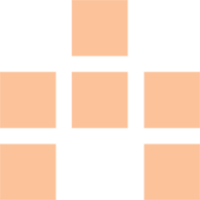
Symmetry Gives Meaning to Architecture
Nikos A. Salingaros
Coherent structure affects us viscerally. Human perception relies upon combined symmetries to reduce information overload but random (disorganized) information is too much for us to process. Our brain automatically compares and groups architectural elements into larger wholes. We unconsciously analyze and process the information in any composition using mathematical relations that endow meaning to our environment. Design elements of the same size and shape can be aligned, reflected, or rotated. Their repetitions are regularly spaced; otherwise there is no symmetry. Scaling symmetry links components visually through magnified or reduced versions of the same element. Self-similarity at different magnifications is a basic feature of a ‘fractal’, and is a dominant feature in traditional and vernacular architectures. This is one reason why different architectural form languages have meaning for us. Mathematics also relates components of a whole via their relative number and size. In a stable complex system, there are few large objects, more intermediate-size objects, and many smaller objects, roughly in an inverse-power relationship.
